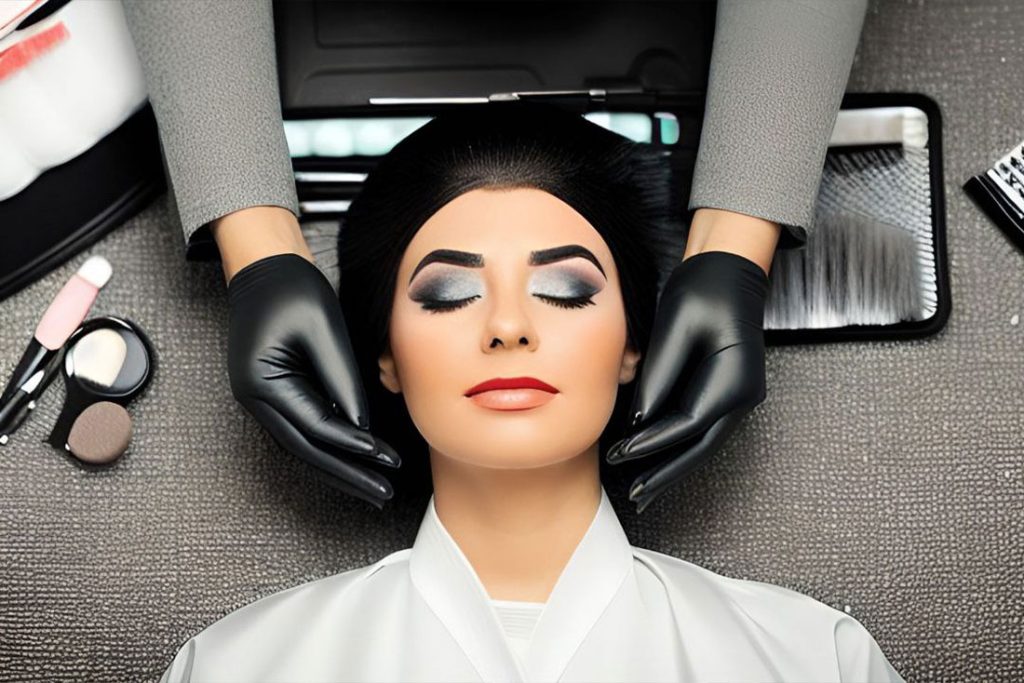Understanding Anatomy and Ergonomics: Keys to Preventing Injuries in the Cosmetology Profession
The field of cosmetology often demands a high degree of physical dexterity and stamina, as professionals are frequently required to perform repetitive motions over extended periods. Consequently, this can result in various physical strains, including inflammation in the carpus (wrist) area due to excessive wrist flexing or maintaining a bent position. A sound understanding of anatomy and ergonomics can significantly mitigate such risks, promoting a longer, healthier, and more successful career in cosmetology.

Anatomy and Ergonomics
The Impact of Repetitive Motions in Cosmetology
The human body, especially the hand and wrist, is not designed for continuous, unvaried motions. Repetitive activities, such as those often performed in cosmetology, can lead to painful conditions, including carpal tunnel syndrome, tendinitis, and other forms of repetitive strain injuries (RSIs). These conditions occur when the same action is performed repeatedly, causing wear and tear on the body’s tissues.
Keeping the Wrist Straight: An Ergonomic Solution
Maintaining the wrist in a neutral, straight position is crucial in preventing RSIs. Cosmetologists often need to manipulate tools for extended periods, such as brushes, scissors, or blow dryers. It’s vital to ensure the wrist remains as straight as possible during these activities, aligning the hand and forearm, thus preventing undue strain on the wrist’s tendons and ligaments.
Incorporating Ergonomics into Cosmetology
Understanding ergonomics – the study of how workspaces and procedures can be designed for maximum efficiency and minimum discomfort – is crucial in cosmetology. Here are some ways cosmetologists can employ ergonomics:
- Tool Selection: Choose tools designed for comfort and minimal strain, featuring padded handles, and are lightweight. Avoid tools that require a tight grip or twist the wrist.
- Breaks and Exercises: Incorporate regular breaks into your work routine. Use these breaks to stretch your fingers, hands, and wrists, promoting blood circulation and minimizing muscle fatigue.
- Body Mechanics: Pay attention to your body posture and movements. Maintain a neutral body position, align your work to avoid excessive reaching or bending, and adjust your client’s position as needed to prevent straining.
- Workplace Design: Make sure your work area is set up to support ergonomic practices. This may involve adjusting the height of your chair, ensuring good lighting, or arranging your most frequently used tools within easy reach.
The Value of Anatomy and Ergonomics in Cosmetology
- Injury Prevention: An understanding of ergonomics combined with knowledge of human anatomy can help cosmetologists prevent RSIs and other workplace injuries.
- Improved Career Longevity: By preventing injuries, cosmetologists can extend their careers, avoid unnecessary discomfort, and maintain a high quality of service.
- Enhanced Productivity: A comfortable, ergonomically designed workspace can improve efficiency, allowing cosmetologists to work more productively.
- Client Satisfaction: With better health and improved working conditions, cosmetologists can provide their clients with more focused attention and superior service, leading to higher customer satisfaction.
In the physically demanding world of cosmetology, an understanding of anatomy and ergonomics is of paramount importance. By understanding the impacts of repetitive motions, recognizing the value of maintaining a straight wrist, and incorporating ergonomic principles into their practice, cosmetologists can significantly reduce the risk of RSIs and other injuries. This not only fosters a healthier working environment but also contributes to a more successful and rewarding career in cosmetology.






